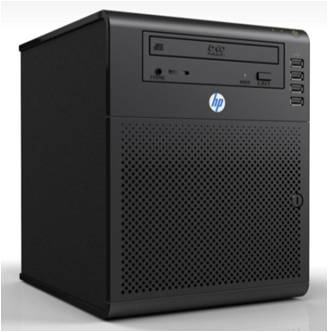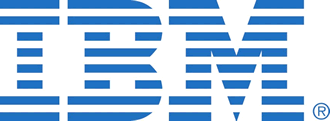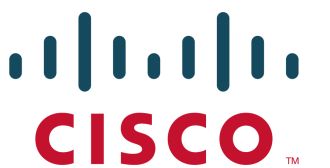 Fears that computer hackers could compromise industrial as well as military and commercial systems have been confrmed.
Fears that computer hackers could compromise industrial as well as military and commercial systems have been confrmed.
A report by the German Federal Office for Information Security (BSI) said that a large German steel mill was shut down after hackers stole logins allowing them to compromise the industrial infrastructure.
The BSI did not name the company but said the hackers were sophisticated technically and hacked into software that administered the plant.
They forced the plant to shut down and also compromised a blast furnace.
The news underlines concerns of the extent to which key parts of a country’s infrastructure is open to compromise by hackers.
Over the weekend, hackers compromised some South Korean nuclear installations and published diagrams showing the layout of some installations. The hackers have threatened to damage the nuclear installations themselves if the reactors are not shut down before December 25th.
It’s not known if control systems are vulnerable to such attacks.










